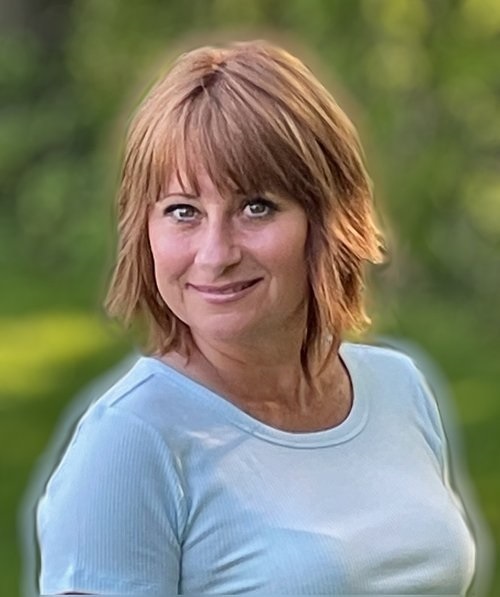Before transitioning into instructional design for higher education in 2014, I worked in the DC metro region for C-suite executives in both Fortune 500 and regional businesses. Over more than 20 years I held a variety of roles in administration and marketing communications. I was drawn to instructional design for higher education because I desired more challenging work that added direct value to people’s lives through self-growth.
Guiding Principles
The guiding principles I employ on projects I work are:
- sound learning objectives
- alignment of all materials to the stated learning objectives;
- succinct, clear and correct language for all in-house created course materials;
- scaffolding complex projects;
- using inclusive, non-offensive language; and
- adherence to Quality Matters course quality standards.
As an instructional designer, my role is literally that of a professional student. What does this mean? It means I bring my own 15-years’ experience taking online college courses as a student to every course I work. I know what non-traditional online students need, not just because I have the educational credentials and professional experience, but because I have student experience.
Student-Centered Design
Student-centered course design ensures that students are not subjected to busy work, irrelevant information, or click-bait technology add-ins just for the sake of having a shiny interactive. If these things do not add value toward learning retention, I am averse to using them.
Students have the best experience when the course design and content frees the faculty member to do their job, which is teach students, and enables the teaching faculty to shine their expertise while authentically engaging students. Students benefit from both meaningful student-to-student interaction as well as student-to-instructor interaction. These are elements I want to see in a quality course. I prefer to use a collaborative approach to course design, whereby the faculty course owner provides 80 percent of the course content and I find ways to provide 20 percent of added-value content, such as solid enrichment or support materials and quality produced videos.
Laura Williams holds a Master’s of Science in Educational Media Design and Technology from Full Sail University. She has also secured professional credentials as a Master Instructional Designer and Project Management for Learning Professionals from ATD in 2019. Laura’s undergraduate degree is in Liberal Studies with a double concentration in Communications and Psychology. She is currently pursuing her Associate Certified Coach (ACC) credential from the International Coaching Federation (ICF), the gold-standard in coaching credentialing, as a Psychosynthesis Life Coach (PLC). Laura’s first love is content creation for knowledge acquisition, and she still uses this skill as often as she can.
TBG Staff
Latest posts by TBG Staff (see all)
- VLOG: Chloe 10 and the Demand for Online Programs - September 10, 2025
- VLOG: Spotting AI Generated Student Work—Without a Detector - July 8, 2025
- VLOG: Inclusivity and Accessibility - June 9, 2025
